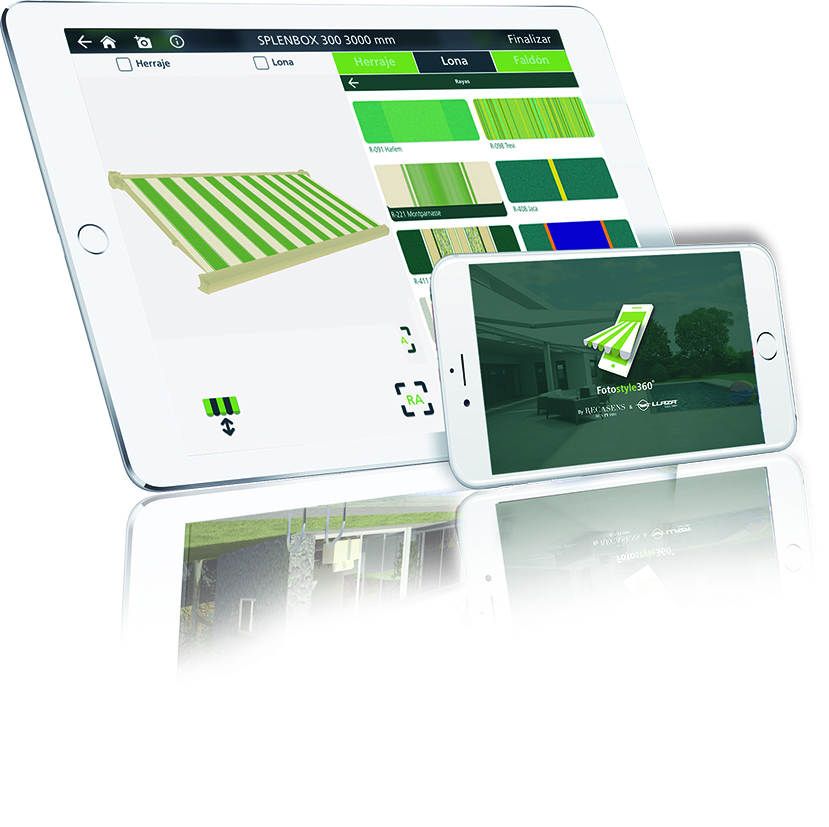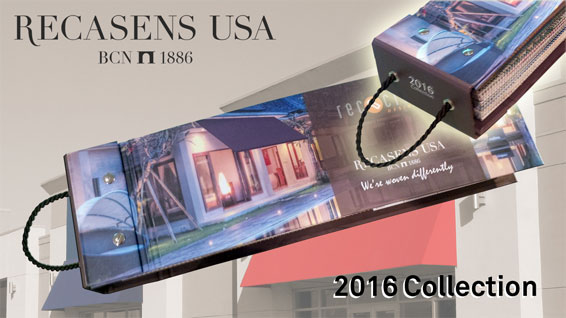
As an expert, Recasens wants to dedicate a post about the origin of awnings.
The awnings were born for the first time in the coliseum of Rome, in Roman times. In these times, extended a type of folding awning called “velar”.
They made it with the same type of canvas as the sail of the ships, and then it was replaced by a lighter material: the linen.
The “velar” opened and closed with a network structure of ropes, so, as you can see, already in ancient Rome there was a tradition and a technology behind the use of awnings.
Later, the first modern awning that is known was seen at the Universal Exhibition in Paris in 1889.
It was the Fabre company that created the first awning with arm, installing them in shops of the French capital, and, little by little, became popular.
This awning model corresponds to what we know it today. Its use was intended for employees to protect them from the sun and to diminish the temperatures inside.
As for Spain, it did not arrive until 1936, when an employee of the Catalan company Estape S.A., Canut García, imported them after a visit in Paris and saw clearly an opportunity.
The story tells that he took a coffee during a hot afternoon, and he loved the utility of the awning that allowed him to sit outside without the inconveniences of the sun’s rays.
The idea spread in more cities of France and Spain, and in a few years, began to be used in other European countries, as in Italy, Germany or Portugal and the rest of the world.
Over the years the technique and quality have been perfected, to the point making seamless awnings, something unimaginable not so long ago










